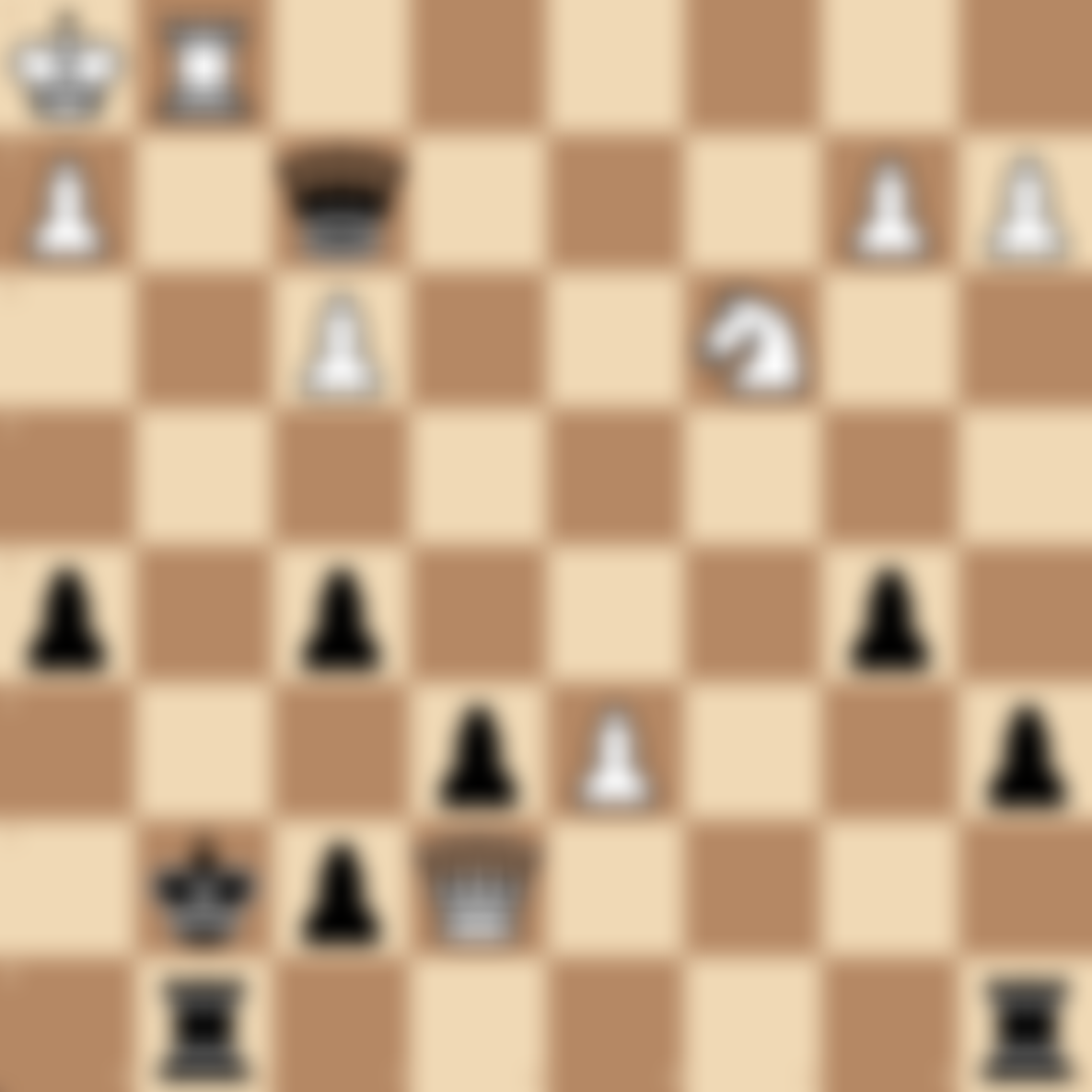En Passant in Chess: Master this Unique Capture
Table of Contents
- Introduction
- What is En Passant?
- Rules of En Passant
- History of En Passant
- Strategic Implications of En Passant
- Common Mistakes and How to Avoid Them
- En Passant Puzzles and Practice
- FAQs
Introduction
En Passant is one of the most unique and often misunderstood moves in chess. At chesspuzzles.io, we've created this comprehensive guide to help players of all levels master this special pawn capture. Whether you're a beginner looking to understand the basics or an experienced player aiming to refine your strategy, this guide will enhance your chess game.
What is En Passant?
En Passant, French for "in passing," is a special pawn capture that can occur immediately after a player moves a pawn two squares forward from its starting position, and an opposing pawn could have captured it had it moved only one square forward. This rule adds depth to pawn play and can be a game-changer when used correctly.
Rules of En Passant
To execute an En Passant capture:
- An opponent's pawn must move two squares forward in a single move, landing beside your pawn.
- Your pawn must be on its fifth rank (fifth row for White, fourth row for Black).
- The En Passant capture must be made immediately on the next move, or the right to do so is lost.
- Your pawn moves diagonally forward onto the square that the opponent's pawn passed over, capturing the pawn as if it had only moved one square.
History of En Passant
The En Passant rule was introduced in the 15th century along with the rule allowing pawns to move two squares on their first move. It was implemented to prevent pawns from safely bypassing squares controlled by enemy pawns.
Strategic Implications of En Passant
Understanding En Passant can significantly impact your chess strategy:
- Pawn Structure: En Passant can alter pawn chains and create passed pawns.
- Tactical Opportunities: It can lead to unexpected captures and position improvements.
- Endgame Play: Knowledge of En Passant is crucial in pawn endgames.
- Psychological Factor: The threat of En Passant can influence opponent's decisions.
Common Mistakes and How to Avoid Them
- Forgetting En Passant exists, missing opportunities or falling victim to it.
- Attempting En Passant when conditions aren't met.
- Waiting too long to execute En Passant, losing the opportunity.
- Overusing En Passant, potentially weakening your pawn structure.
En Passant Puzzles and Practice
Improve your En Passant skills with our collection of targeted puzzles on chesspuzzles.io:
Try our En Passant Puzzles on chesspuzzles.io now
Our interactive puzzles are designed to reinforce your understanding of En Passant and help you recognize opportunities in real games.
FAQs
Q: Can En Passant be performed with pieces other than pawns? A: No, En Passant is a special rule that applies only to pawns.
Q: Is En Passant mandatory? A: No, like other captures in chess, En Passant is optional.
Q: Can En Passant be performed on any move of the game? A: En Passant can only be performed immediately after an opponent's pawn has moved two squares forward from its starting position, placing it adjacent to your pawn.
Q: How often does En Passant occur in professional games? A: While not extremely common, En Passant does occur in professional games. Its frequency varies, but understanding and recognizing En Passant opportunities is crucial for players at all levels.
Master the art of En Passant to elevate your chess game! Ready to put your skills to the test? Try our En Passant Puzzles on chesspuzzles.io now and watch your tactical awareness soar!
